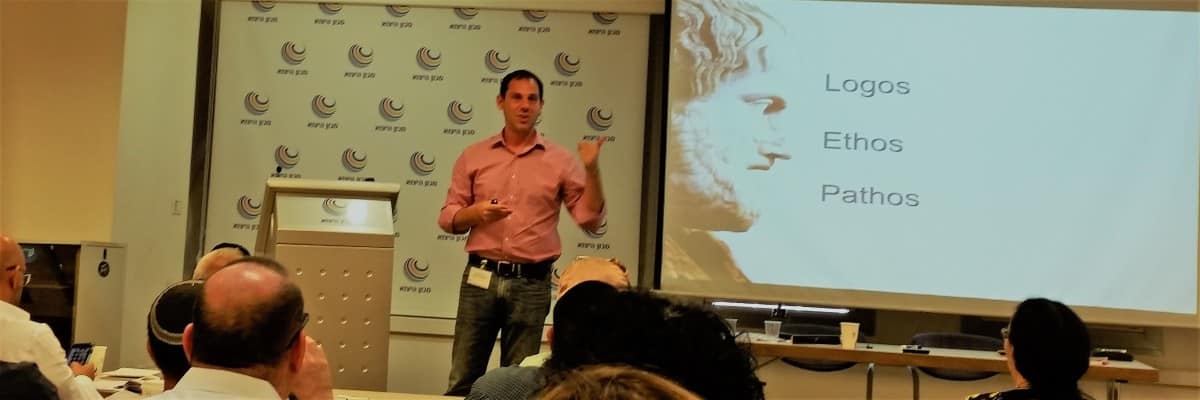
6 Ideas to Close a Medical Presentation
Make a memorable closing
So, for this week, I thought that I’d pay a debt of long standing and write about the ways to close a medical presentation. Why an old debt? Because I wrote about opening a medical presentation a while back and so now it seems appropriate to explain how to close one.
Wrapping up all the hard work you’ve put into your talk is a process you must take seriously. Even if your opening and the body of your presentation are sharp and informative, you still need a memorable closing. Go ahead and make the most of the presentation you have spent so many hours preparing.
Plan a strong finish that summarizes everything that has come before, and ends with a call to action.
Review the benefits
Pull the benefits from your presentation and lay them out on the table for the audience. If the device you are pushing saves money or time, is widely adopted in the medical practices of colleagues (and your audience should be getting it too), and is operator-friendly, state those three points outright one more time. When you review benefits during closing, you are reminding doctors of why they want the device just before you ask them to use it. The order in which you present your device’s benefits is important to your success.
Summarize the presentation
A quick presentation summary of everything that has been said is also important. A summary is not just a repetition of everything you have said thus far. It is instead a paraphrased and shortened version of some of your most vital points. You want to make sure everyone understands the benefits, quality, and details of the product name. At the same time, you aren’t insulting the memories of the doctors you are speaking to: You want to make these summaries simply because you want everything to be clear to them before you finally go in for the close.
Offer vision to the audience
Give your listeners a look into the future. While you could dryly state that ‘patients benefit from this drug’ or ‘this drug has a strong record of safety,’ you are really not making your case unless you illustrate a clear vision of the future for your specific audience. Top presentation storyteller Nancy Duarte, takes the user back and forth between ‘what is’ and ‘what could be’ until finally you end at a ‘new bliss. Use presentation storytelling to establish a warm and ideal future that at least gives the doctors a positive perception of what they could gain when they use your product. Explain how this new medical device might benefit patient, doctor, or staff. Your story does not have to be dry and factual. When your audience does not have to imagine the future because you have done it for them, they can turn their attention directly to the sale.
Assuage doubt
Your medical device might have generated some objections that may have created doubts: Your clinical data might not be solid enough, your device’s benefits not as strong as you believed, and so forth. Even if you have no proof that the question-and-answer session at the close of the presentation was ineffective, go ahead and deal with potential doubts that you suspect anyone might have. Look closely at the faces in the room to determine if anyone seems to be thinking deeply, not focused on you, or confused about something. You can watch for these signs of doubt by reading their body language: Doubters may be looking off into the distance, scratching heads, or showing closed body positions such as crossed arms or legs.
Quote Someone
For some reason, reciting a quote taken from an important person gives audiences the sense that the speech is over and gives them all something to think about. Find something that seems to fit the content of your speech especially well and use that in your conclusion (often the last line). Be sure to give credit to the person who said those famous words. Any quotation, however, needs to be extremely relevant. Read:
Using Quotations in Medical Marketing Communication Materials – The Dos and Don’ts
Coupling the Right Image and Quotation in a Medical Presentation
For every Presentation: End with a call to action
You should end every medical presentation with a call to action. In that way you will be sure that the presentation was a success. Only make your call to action when you know that every question and concern in the room has been taken care of. The process of calling for action itself involves a simple question such as:
- Who’s ready to set up details?
- Who is the contact person to initiate the clinical study at your hospital?
- By when can we finalize the clinical study protocol?
- When can you join our Scientific Advisory Board?’
A call to action might involve asking for the doctor’s business, whether that business is trial, continued, expanded use, or just any response at all. Once you are sure that the atmosphere in the room is supportive of your point, you should have no trouble with the final details of closing.
Picture by jayneandd and Bill Dickinson





